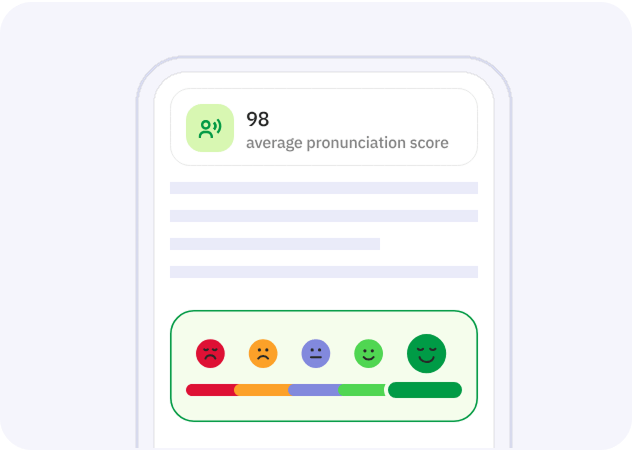El verbo "trace" en inglés es un término versátil que se utiliza para describir una variedad de acciones relacionadas con seguir, delinear o descubrir algo. En general, "trace" se refiere a la acción de dibujar o marcar los contornos o líneas de algo, así como a la acción de encontrar o descubrir algo a través de la investigación o el seguimiento de pistas. Este verbo puede aplicarse en contextos físicos, como trazar un dibujo, así como en contextos más abstractos, como trazar el origen de un problema o el desarrollo de un evento. La utilización de "trace" como verbo es fundamental para entender cómo se puede seguir el rastro o la progresión de algo en diversos aspectos de la vida y estudio.
Archaeologists will trace the origins of these ancient artifacts to understand their historical significance.
She used a pencil to trace the outline of the drawing onto a fresh sheet of paper.
The detective was able to trace the suspect's movements through the city using security camera footage.
With the help of GPS technology, we can trace the exact path the hikers took through the forest.
The scientist attempted to trace the source of the contamination in the water supply.
He used a map to trace his ancestry back to several European countries.
The child loved to trace her hand on paper and then color the outline with crayons.
After the call, the police were able to trace the phone number to a small town in the north.
Historians trace the decline of the empire to a series of poor leadership decisions.
The artist could trace her interest in painting back to her childhood visits to the art museum.
I trace the outline of the drawing.
You trace the footsteps in the snow.
He traces his ancestry.
She traces the pattern on the fabric.
It traces the path of the storm.
We trace the history of the artifact.
They trace the route on the map.
I traced the circuit yesterday.
You traced the call last night.
He traced the origins of the word.
She traced her finger along the edge.
It traced the movement of the stars.
We traced the family tree last week.
They traced the old city boundaries.
I will trace the diagram tomorrow.
You will trace the source of the leak.
He will trace the flight path.
She will trace the artwork carefully.
It will trace the changes in temperature.
We will trace the development of the project.
They will trace the evolution of the software.
I am tracing the streets on the map right now.
You are tracing the electrical wires.
He is tracing the lineage of his family.
She is tracing the outline of her thesis.
It is tracing the fluctuations in the market.
We are tracing the growth of the plants.
They are tracing the trends in the data.
I was tracing the shadows on the wall.
You were tracing the melody of the song.
He was tracing the progression of the disease.
She was tracing the steps of the dance.
It was tracing the seismic activity.
We were tracing the historical events.
They were tracing the patterns in the rainfall.
I will be tracing the coordinates by then.
You will be tracing the origins of these artifacts.
He will be tracing the journey on the map.
She will be tracing the sequence of events.
It will be tracing the growth patterns.
We will be tracing the development stages.
They will be tracing the network connections.
La forma más eficiente de aprender un idioma
Prueba Talkpal gratis
Cada individuo aprende de una forma única. Con la tecnología de Talkpal , tenemos la capacidad de examinar cómo millones de personas aprenden simultáneamente y diseñar las plataformas educativas más eficientes, que se pueden personalizar para cada estudiante.

Recibe sugerencias y comentarios inmediatos y personalizados para acelerar tu dominio del idioma.

Aprende mediante métodos adaptados a tu estilo y ritmo únicos, garantizando un viaje personalizado y eficaz hacia la fluidez.
Talkpal es un tutor de idiomas basado en inteligencia artificial. Es la forma más eficaz de aprender un idioma. Chatea sobre una cantidad ilimitada de temas interesantes escribiendo o hablando mientras recibes mensajes con voz realista.


Talkpal, Inc., 2810 N Church St, Wilmington, Delaware 19802, US
© 2025 All Rights Reserved.